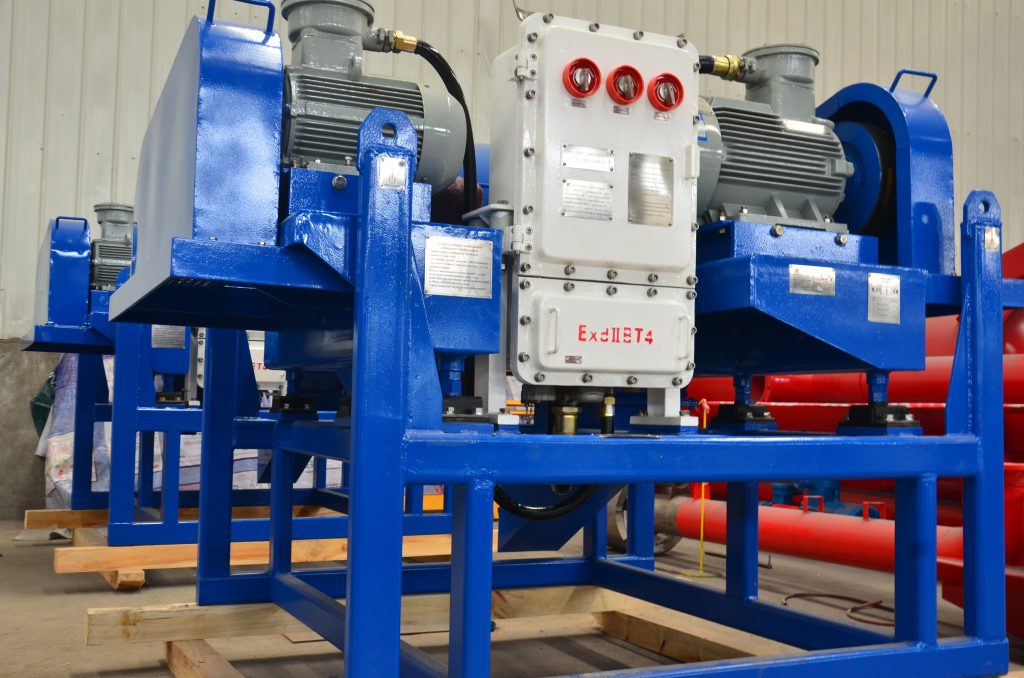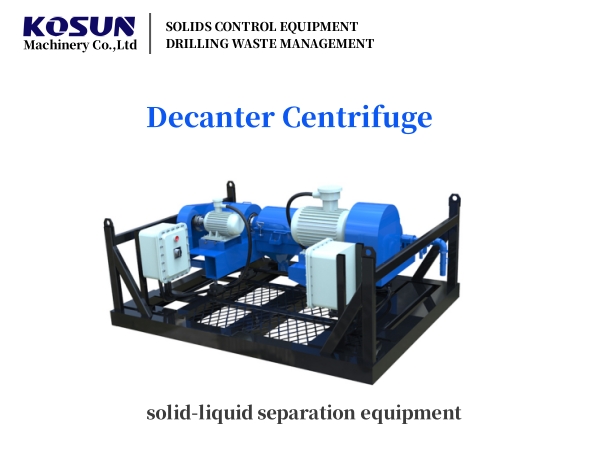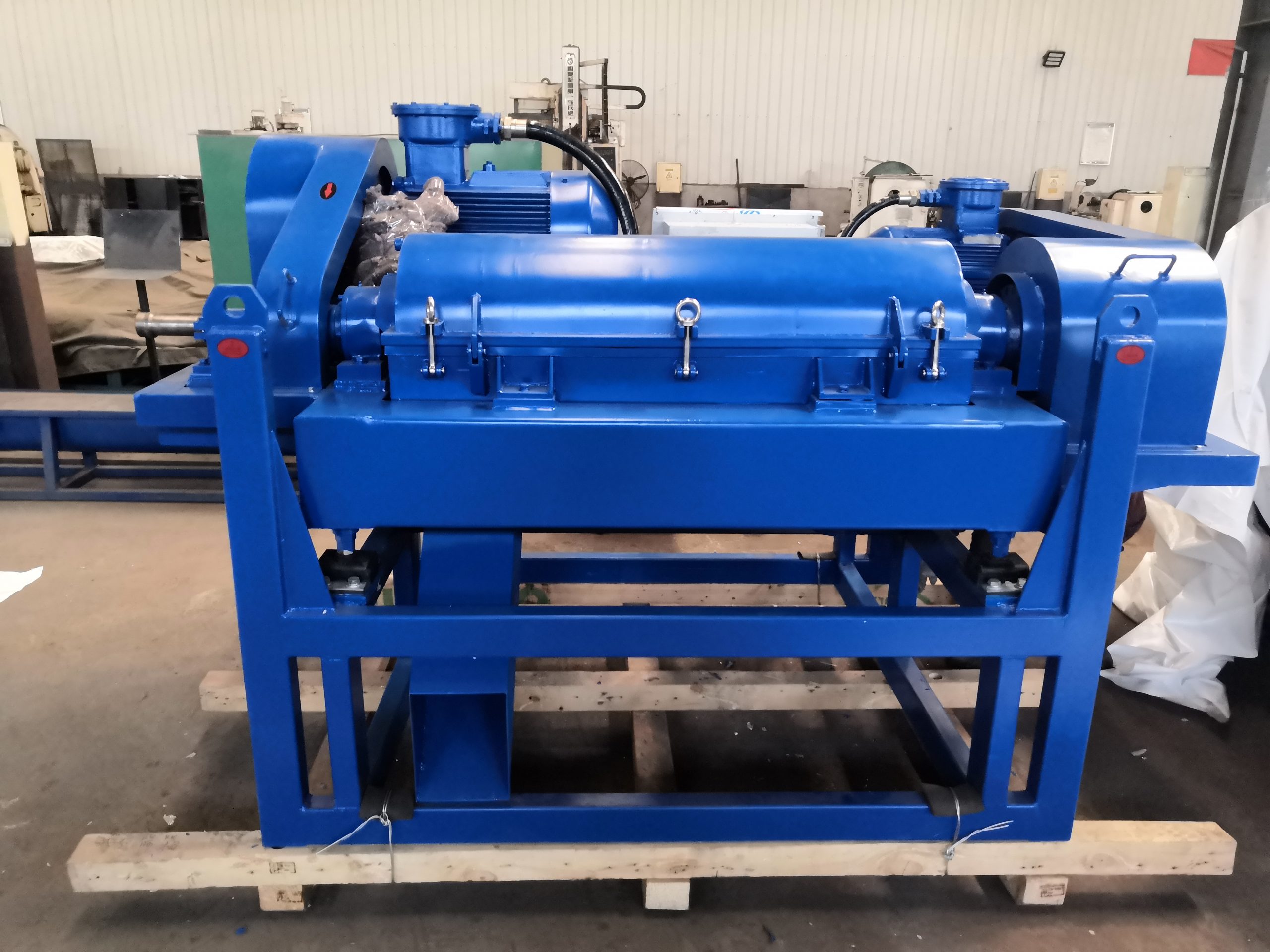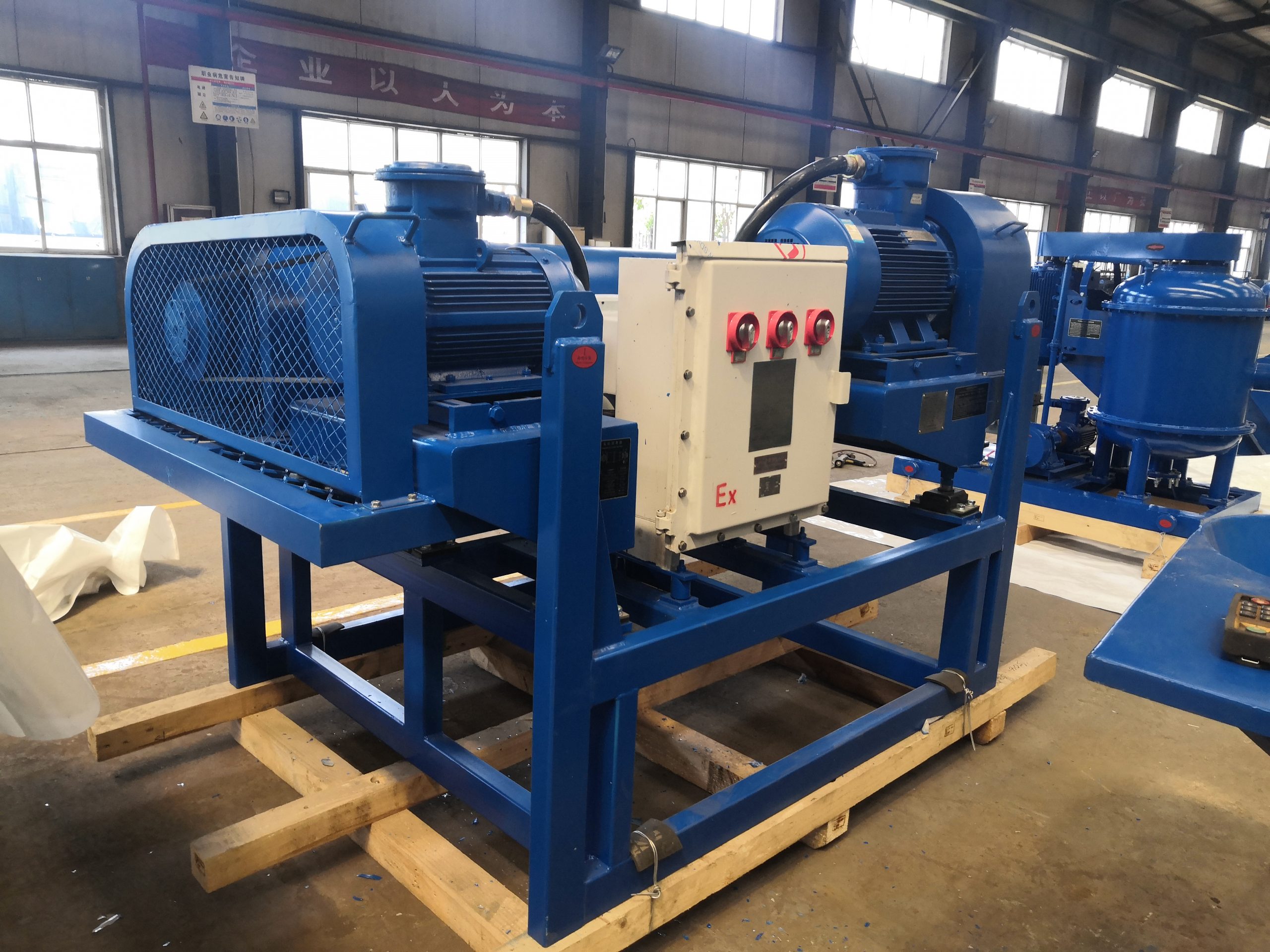Introduction
Selecting the right decanter centrifuge is crucial for achieving optimal performance in your industrial processes. In this article, we’ll guide you through the factors to consider when choosing a decanter centrifuge.
Application Requirements
Consider the type of materials you need to separate, such as solids, liquids, or slurries, and choose a decanter centrifuge designed for your specific application.

Capacity and Throughput
Evaluate the volume of material you need to process and select a decanter centrifuge with the appropriate capacity.
Material of Construction
Ensure the decanter centrifuge is made from materials that can withstand the chemical and physical conditions of your industry, such as stainless steel for corrosive environments.
Customization Options
Look for decanter centrifuges that offer customizable features, such as adjustable speed and conveyor design, to meet your unique needs.
Maintenance and Support
Choose a supplier that provides reliable maintenance services and technical support to ensure long-term performance.
Conclusion
By considering these factors, you can select the right decanter centrifuge for your industry and maximize its efficiency.
Tags: decanter centrifuge, industrial centrifuge, solid-liquid separation, centrifuge selection, custom centrifuge, industrial equipment






